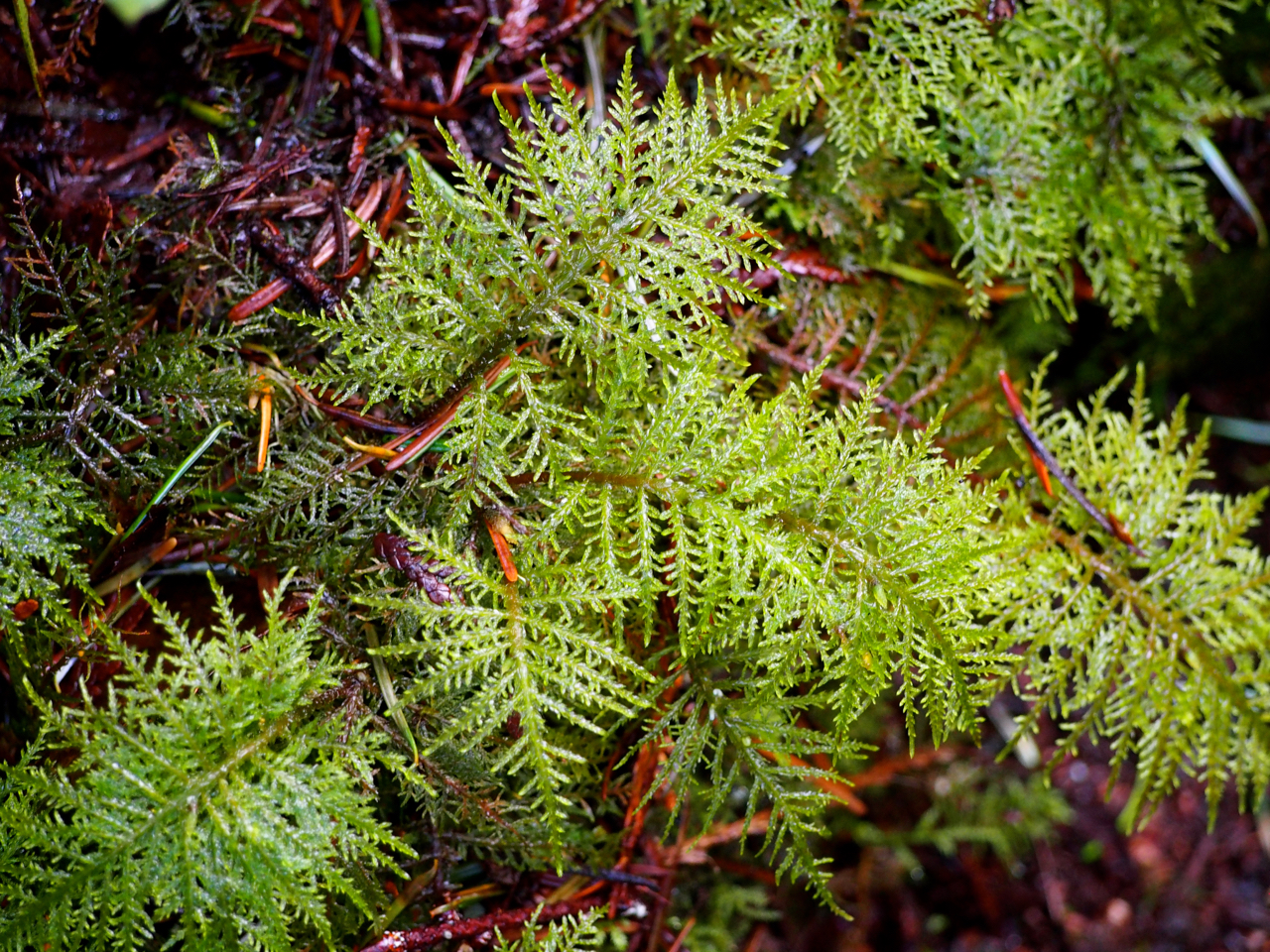On April 19, 2016, the Natural History Society sponsored a walking tour of Tamanowas Rock. Due to the sacred nature of this special place, participation in this outing was limited.

This walk to a very special place and spiritual icon was led by Owen Fairbank, Conservation Project Committee Chair and Jefferson Land Trust Board Advisor.
Highlights of the tour included a discussion of the 13-year saga of protecting Tamanowas Rock, an overview of the geology and a little tribal history. From the ridge, we saw views of other protected farm, forest, and habitat properties, both existing and proposed. Have you walked in the crack in the ground? Have you encountered spirits at the Rock?
 Janell at jltNatural@saveland.org was the contact for information.
Janell at jltNatural@saveland.org was the contact for information.
 Jefferson Land Trust Natural History Society’s book club selection for April is The Sea Runners by Ivan Doig. We will meet on Monday, April 25, 2016, from 3:30-5:00. E-mail Jean at
Jefferson Land Trust Natural History Society’s book club selection for April is The Sea Runners by Ivan Doig. We will meet on Monday, April 25, 2016, from 3:30-5:00. E-mail Jean at  Early spring is a lovely time to explore the Dosewallips River.
Early spring is a lovely time to explore the Dosewallips River.


